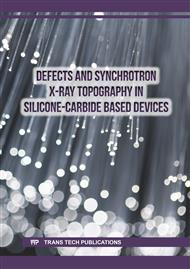p.43
p.51
p.57
p.65
p.71
p.81
p.93
p.115
p.127
A Study on Coldflame Propagation Characteristics Applying Amplified Ignition Source to Overcome Landfill gas’s Flame Retardant Limit
Abstract:
In this study combustion characteristics were analyzed with LFG, one of the alternative energy sources of SI engines. To overcome the flame retardant limit, which is the shortcoming of LFG, the combustion characteristics were analyzed using the AIS device that was created for this study’s purpose. A static combustion chamber to which AIS can be applied was designed for the experiment that was conducted on the coldflame propagation and combustion characteristics of each LFG fuel using C-type (conventional ignition type) and AIS devices. From the basic LFG experiment, it was identified that as the proportion of carbon dioxide in the fuel increased, the combustibility decreased, and the combustion pressure decreased. When using the AIS device to overcome the flame retardancy of LFG, the combustion pressure was increased by 2 bar even in LFG70 and LFG60, where combustion was actively occurring with the C-type and the combustibility was improved in LFG50 as well. In overall respects, it was judged that the use of AIS could overcome the flame retardancy of LFG and could incorporate LFG into SI engines.
Info:
Periodical:
Pages:
81-92
Citation:
Online since:
June 2023
Authors:
Price:
Сopyright:
© 2023 Trans Tech Publications Ltd. All Rights Reserved
Share:
Citation:


